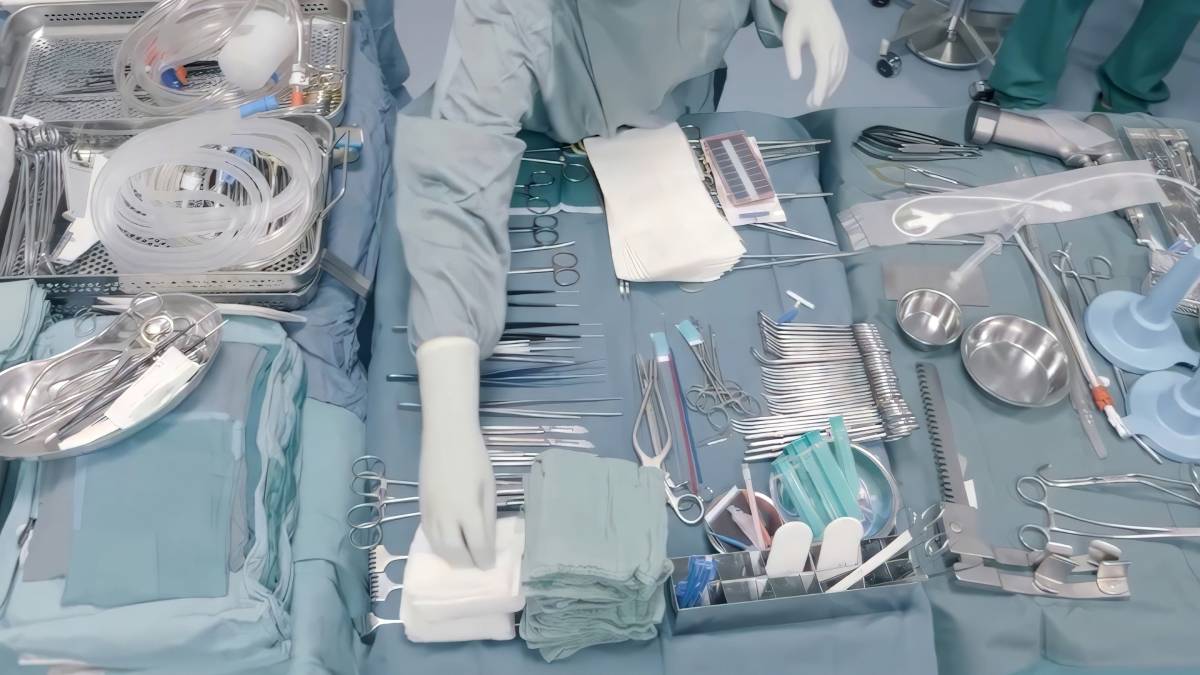A sterile field is a designated area that is maintained free from microorganisms to prevent infection during medical procedures, particularly in surgical settings. It is a fundamental concept in infection control, ensuring patient safety and the success of medical interventions. Understanding the sterile field, its importance, and how it is maintained is crucial for healthcare professionals and anyone involved in medical procedures.
The primary purpose of a sterile field is to minimize the risk of infection during invasive procedures. Even a small contamination can introduce harmful bacteria, leading to infections that may cause serious complications. This is especially critical in surgeries, wound care, catheter insertions, and other procedures where direct contact with internal tissues or sterile body cavities occurs. By maintaining a sterile environment, medical professionals significantly reduce the likelihood of surgical site infections, which can result in prolonged hospital stays, increased healthcare costs, and even life-threatening conditions1,2.
A sterile field includes all areas, surfaces, and instruments that must remain free from contamination during a medical procedure. The main components of a sterile field include sterile drapes and gowns that create a physical barrier between sterile and non-sterile areas, sterile instruments and supplies that must be sterilized and properly handled, sterile gloves and masks worn by healthcare workers to prevent contamination, and sterile solutions and dressings used in procedures to avoid introducing infections 1,3.
Maintaining a sterile field requires strict adherence to aseptic techniques, which eliminate the presence of harmful microorganisms. Healthcare workers must thoroughly wash their hands before donning sterile gloves. They should wear gowns, gloves, masks, and caps to prevent contamination. Only sterile instruments and materials should touch the sterile field. Personnel should avoid unnecessary movement and talking over the sterile field to minimize contamination. Any breach in sterility, such as a non-sterile object touching the sterile area, requires immediate corrective action 3–5.
Despite best efforts, breaches can occur. Some common mistakes include touching sterile items with non-sterile hands, allowing sterile instruments to come into contact with unsterile surfaces, improperly donning or removing gloves, and coughing or sneezing near the sterile area. When a breach occurs, corrective actions, such as replacing contaminated items or re-establishing sterility, must be taken immediately 6–8.
References
1. Spruce, L. Back to Basics: Sterile Technique. AORN J 105, 478–487 (2017). DOI: 10.1016/j.aorn.2017.02.014
2. Why is the Sterile Field Important in the OR? https://www.oliverhcp.com/news-and-resources/packtalk/why-is-the-sterile-field-important-in-the-or.
3. Tennant, K. & Rivers, C. L. Sterile Technique. in StatPearls (StatPearls Publishing, Treasure Island (FL), 2025).
4. Sterile Technique. APGO https://tools.apgo.org/basic-clinical-skills/sterile-technique-2017/.
5. Sterile Field – Indications, Best Practices, and Preparation. LevelUpRN https://leveluprn.com/blogs/fundamentals-of-nursing/skills-4-sterile-field-indications-best-practices-preparation (2021).
6. Gaines, S., Luo, J. N., Gilbert, J., Zaborina, O. & Alverdy, J. C. Optimum Operating Room Environment for the Prevention of Surgical Site Infections. Surg Infect (Larchmt) 18, 503–507 (2017). DOI: 10.1089/sur.2017.020
7. Hopper, W. R. & Moss, R. Common Breaks in Sterile Technique: Clinical Perspectives and Perioperative Implications. AORN Journal 91, 350–367 (2010). DOI: 10.1016/j.aorn.2009.09.027
8. Breaches in the OR: The Perioperative and Infection Prevention Challenge. Infection Control Today https://www.infectioncontroltoday.com/view/breaches-or-perioperative-and-infection-prevention-challenge (2011).
